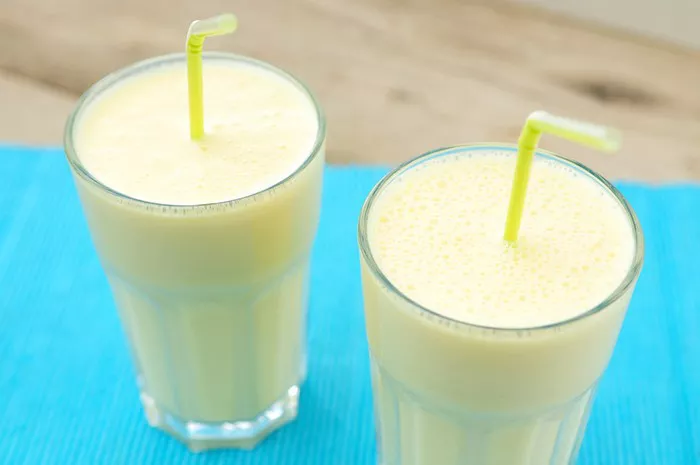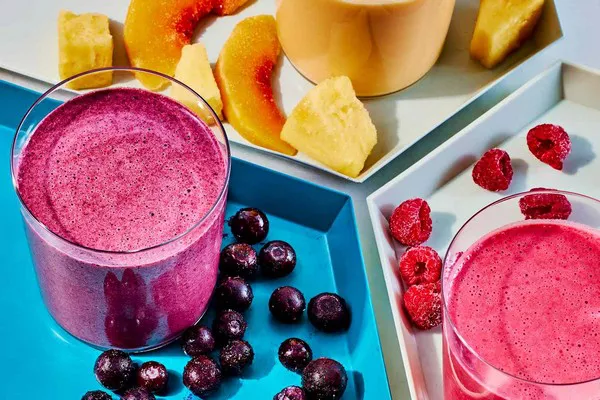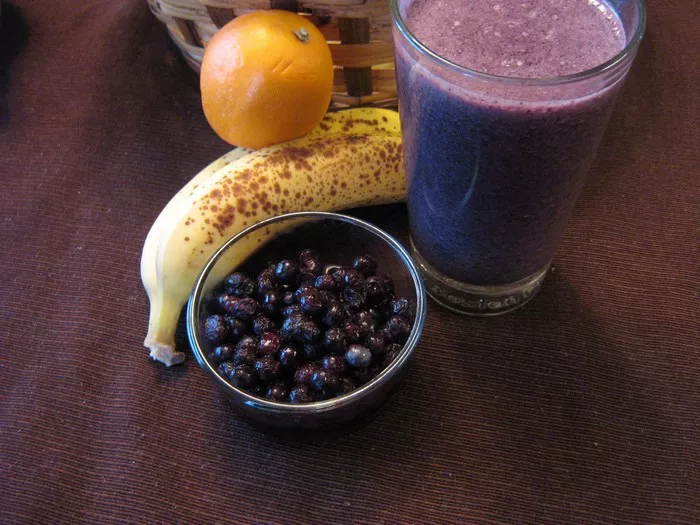Snacking has become an integral part of our daily lives, often serving as a quick fix to satisfy hunger pangs, provide an energy boost, or simply indulge in a taste buds’ delight. However, with the plethora of snack options available, choosing a healthy one can be a daunting task. In this comprehensive guide, we will delve into the world of healthy snacking, exploring various snack categories, their nutritional benefits, and the best choices within each category. Whether you’re looking for a protein-packed snack to aid muscle recovery, a fiber-rich option to keep you full longer, or a low-calorie treat to satisfy your sweet tooth, we’ve got you covered. So, let’s embark on this journey to discover the perfect healthy snack for you!
Understanding the Importance of Healthy Snacking
Energy Boost: Snacks can provide a quick energy boost, especially when you’re feeling sluggish between meals.
Nutrient Intake: They can help you meet your daily nutrient requirements, especially if you have a busy lifestyle and find it challenging to eat a balanced diet.
Appetite Control: Healthy snacks can help control hunger and prevent overeating at meals.
Metabolism Boost: Eating small, frequent meals can keep your metabolism revved up.
Mental Clarity: Snacks that contain brain-boosting nutrients like omega-3 fatty acids and antioxidants can enhance cognitive function.
Choosing the Right Healthy Snack
Nutrient Density: Opt for snacks that are high in nutrients and low in calories.
Portion Size: Be mindful of portion sizes to avoid overeating.
Whole Foods: Choose snacks made from whole, unprocessed foods.
Balance: Aim for a balance of protein, healthy fats, and complex carbohydrates.
Allergies and Preferences: Consider any food allergies or preferences you may have.
Categories of Healthy Snacks
Fruits and Vegetables: Fruits and vegetables are nature’s perfect snacks. They are low in calories, high in vitamins, minerals, and antioxidants, and can be enjoyed in countless ways.
Apples
Nutritional Benefits: Apples are rich in fiber, vitamin C, and antioxidants.
Best Way to Eat: Enjoy an apple on its own or slice it and add a dollop of natural peanut butter or almond butter for added protein.
Carrots
Nutritional Benefits: Carrots are high in beta-carotene, fiber, and vitamin K.
Best Way to Eat: Slice them into sticks and dip them in hummus or Greek yogurt for a satisfying crunch.
Berries
Nutritional Benefits: Berries are packed with antioxidants, vitamin C, and fiber.
Best Way to Eat: Mix them into a smoothie, sprinkle them over yogurt, or enjoy them on their own as a refreshing snack.
Nuts and Seeds: Nuts and seeds are excellent sources of healthy fats, protein, and fiber, making them perfect snacks for satisfying hunger and providing sustained energy.
Almonds
Nutritional Benefits: Almonds are rich in vitamin E, magnesium, and healthy fats.
Best Way to Eat: Enjoy a small handful of raw or roasted almonds as a quick and easy snack.
Chia Seeds
Nutritional Benefits: Chia seeds are high in fiber, protein, and omega-3 fatty acids.
Best Way to Eat: Mix them into yogurt, smoothies, or oatmeal for added texture and nutrition.
Pumpkin Seeds
Nutritional Benefits: Pumpkin seeds are rich in zinc, magnesium, and healthy fats.
Best Way to Eat: Roast them lightly with a sprinkle of salt and enjoy them as a crunchy snack.
Flaxseeds
Nutritional Benefits: Flaxseeds are high in fiber, omega-3 fatty acids, and lignans.
Best Way to Eat: Grind them and add them to smoothies, yogurt, or baked goods to boost their nutritional profile.
Yogurt and Dairy Products
Yogurt and other dairy products can be excellent sources of protein, calcium, and probiotics, making them perfect for muscle recovery and gut health.
Greek Yogurt
Nutritional Benefits: Greek yogurt is high in protein, calcium, and probiotics.
Best Way to Eat: Add fresh fruit, nuts, or seeds to Greek yogurt for a nutritious and delicious snack.
Kefir
Nutritional Benefits: Kefir is a fermented dairy drink that is high in probiotics, protein, and calcium.
Best Way to Eat: Drink it plain or mix it with fruit or granola for a more filling snack.
Cottage Cheese
Nutritional Benefits: Cottage cheese is high in protein and low in fat.
Best Way to Eat: Enjoy it with pineapple chunks, cherry tomatoes, or a sprinkle of herbs and spices.
Cheese Sticks
Nutritional Benefits: Cheese sticks are a convenient source of protein, calcium, and fat.
Best Way to Eat: Enjoy them on their own or with a side of fruit or crackers.
Skim Milk
Nutritional Benefits: Skim milk is low in fat and high in protein, calcium, and vitamin D.
Best Way to Eat: Drink it plain or mix it with a scoop of protein powder for a post-workout recovery drink.
Conclusion
In essence, healthy snacks are a valuable asset in our journey towards a healthy lifestyle. They allow us to make conscious and positive choices throughout the day, providing us with the sustenance we need to thrive physically and mentally. By being mindful of what we choose to snack on and how much we consume, we can harness the power of these snacks to enhance our well-being and enjoy the many benefits that come with a diet rich in wholesome, nutritious options. So, the next time you reach for a snack, consider the wealth of healthy alternatives available and make a choice that will nourish your body and keep you fueled for whatever lies ahead.
Related Topics:



























